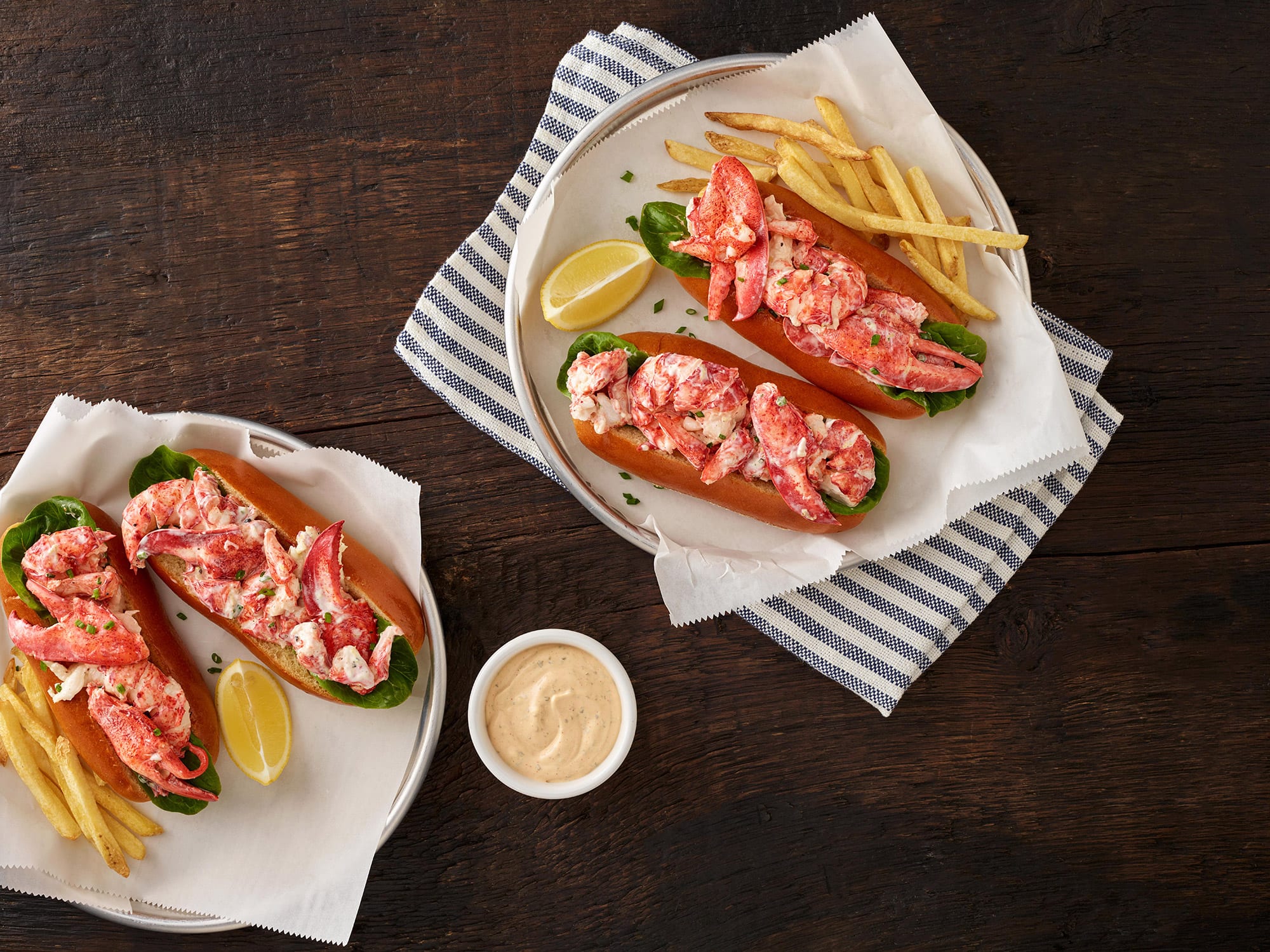
The difference between Maine lobster vs. Canadian lobster is truly a tale of two gulfs. It is one of nuance defined not by a border, an arbitrary boundary, but by geography. Though they are one and the same, there are differences between lobster caught along the Maine coast and those trapped further north in Canada—differences in volume and price, but also taste and texture.
Atlantic Lobster
The Homarus americanus, the American lobster, is considered the best tasting. Native to the northwestern Atlantic, their greatest concentration extends from the Gulf of Maine northeast to the Bay of Fundy, around the Nova Scotia peninsula, and west into the southern Gulf of St. Lawrence. These “true” cold water lobsters are not simply a meal; they are a preferred dining experience in the finest restaurants and kitchens around the globe.
As much as demand sets price differences, so does volume. The price of Canadian lobster is usually lower than that of Maine lobster, primarily due to volume. More than 60% of lobster landings in North America occur in Canadian waters, accounting for more than half of the world’s lobster supply. The price points of lobster in Maine are seasonal. Prices are lower in the fall when lobster landings are at their highest as demand begins to ebb after Labor Day. Conversely, when lobsters migrate far offshore during winter, landings decrease because there is less fishing. From January to March, Prices are at their highest, peaking in early spring before the warmer returns, and prices are lowered again.
Maine Lobster vs. Canadian Lobster: What’s the Difference?
One of the primary differences between Maine and Canadian lobster is the flavor and texture based on seasonal differences that influence water temperature and fishing regulations between Canada and the United States. Canadian lobsters are characterized as having thicker, harder shells, which diminish the sweetness and softness of lobster meat compared to that caught in Maine. This is often attributed to differences in water temperature.
That Canadian lobsters live in colder waters than Maine lobsters is a given. The seawater temperature that lobsters thrive in the Gulf of Maine is higher than the temperatures of the Gulf of St. Lawrence waters. Depending on the time of year, the average water temperature in the Gulf of Maine is approximately 7°F to 9°F above that of the Gulf of Saint Lawrence. In summer, for example, the average temperature rises to 60.8°F in the Gulf of Maine compared to 53.6°F in the Gulf of Saint Lawrence.
Because water temperature affects the density of a lobster shell, that density can render the meat either rich and tender or firm and meatier. The differences in taste and texture of lobster between the two gulfs are more a shell game.
When is Lobster in Season?
When summer approaches, coastal water temperatures warm, and lobsters migrate inshore to molt, shed their older, harder winter shells, and grow into a newer softshell. The summer months and into the fall is a periods of growth for the lobster. Its shell is thin, soft, and larger relative to its body weight to make room for that growth. The lobster meat marinates in seawater, filling the excess shell area, making the meat texture more tender, and giving it a sweet, succulent taste. As the water cools, the lobster fills out the shell, and it hardens, leaving the texture of the meat thicker and firmer with a pronounced flavor on the sweet side.
It’s not that Canadian lobsters have thicker shells than Maine lobsters because of colder waters; such a difference in thickness would be negligible. Canadian lobster shells are likely to harden earlier due to the water turning colder sooner there than in Maine. It’s also important to note that due to Canadian regulations, the availability of lobster is at its peak when the water is at its coldest, in late spring from April to June, and again in December. The Maine season runs year-round, with its peak season between late June and December when lobsters have thinner shells and are fuller in flavor.
What does this mean? Usually, the best flavor comes from lobsters with thinner shells (plus, they’re much easier to remove meat from!) Maine lobsters may have a more extended season with thinner shells than their Canadian counterparts.
Maine and Canadian lobsters thrive in the cold, frigid waters of the northwest Atlantic Ocean. Though there are differences between the two, these cold-water lobsters are prized worldwide for their delicious tasting, sweet and tender meat.
Order Maine lobster from Klenda Seafood, fresh and delivered directly to your door! We also offer curbside pick-up at our South Portland location if you live locally – call for details and to place your order over the phone. Contact us— we would be happy to answer any of your questions.
